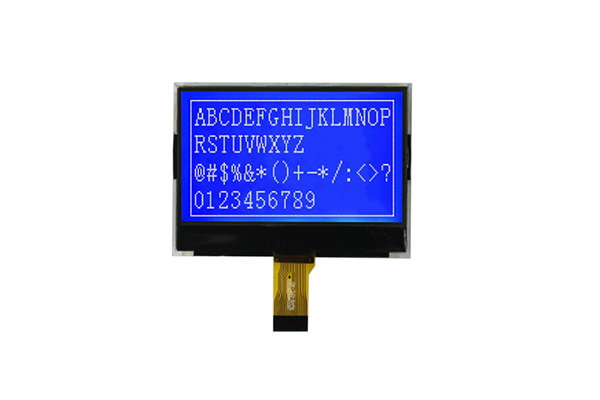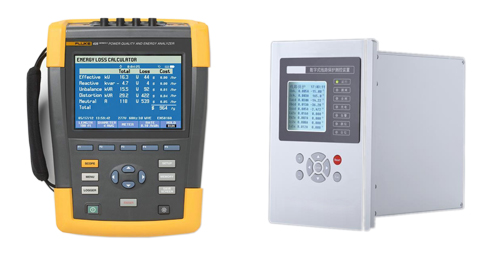Graphic LCD Displays in Power Control Machine
2025-06-06
Graphic LCD screens play a vital role in modern power control systems due to their ability to display dynamic and detailed visual information in real-time.Unlike character-based displays, graphic LCDs offer pixel-level control, enabling the visualization of complex data, symbols, waveforms, and system diagrams. This makes them particularly useful in environments where monitoring and diagnostics are critical.
Key Advantages:
High Flexibility and Customization:
Graphic LCDs can be programmed to display a wide range of data, including voltage, current, frequency, power factor, and alarm messages. Custom icons and system layouts can also be presented, which enhances the clarity and efficiency of user interfaces in power control panels.
Real-Time Monitoring and Visualization:
These displays support real-time updates of operational parameters, allowing technicians and engineers to observe system performance and identify anomalies quickly. Animated graphics and dynamic charts can be shown to represent load conditions or switching operations.
Low Power Consumption:
LCD technology is inherently energy-efficient, which is a key advantage in power management environments where energy savings are a top priority. Most graphic LCDs also support sleep modes to further reduce energy consumption when not in active use.
Compact and Durable Design:
Graphic LCD modules are available in various sizes and are typically robust enough to withstand industrial environments. Their compact design allows for easy integration into space-constrained control cabinets and panels.
Multilingual and Symbol Support:
These displays can show multiple languages and a wide range of international symbols, making them suitable for global power control systems. Unicode support allows for clear communication across multilingual interfaces.
Improved User Experience:
Compared to 7-segment or character LCDs, graphic dot matrix displays provide a more intuitive and user-friendly interface. This is essential in critical power control environments where quick and accurate data interpretation is needed.

Key Applications in Power Control:
- Substation Control Panels: Primary HMI for monitoring and controlling breakers, transformers, capacitor banks, and busbars. Displaying real-time SLDs and alarms is paramount.
- Switchgear & MCCs (Motor Control Centers): Local display for circuit status, motor parameters (current, speed, temperature), fault diagnostics, and control.
- Protective Relays: Advanced relays utilize GLCDs for detailed fault records (oscillography), event logs, relay settings display/modification, and status information.
- Power Quality Analyzers: Visualizing voltage/current waveforms, harmonic spectra, and power quality indices (THD, flicker) is core to their function.
- Renewable Energy Systems (Solar/Wind Inverters): Displaying power output (AC/DC), energy yield, efficiency, grid status, and fault messages.
- Energy Meters (Advanced): Presenting complex tariff information, consumption/production graphs, power factor data, and historical logs.

Graphic LCD displays are not merely a convenience in power control; they are a fundamental enabler of modern, efficient, and safe electrical system operation. Their unparalleled ability to render complex, real-time information graphically transforms raw data into actionable intelligence for operators and engineers. The combination of visualization power, rugged reliability, space efficiency, and flexibility makes GLCDs the dominant and highly advantageous display technology across virtually all facets of power generation, transmission, distribution, and consumption control. As power systems become smarter and more complex, the role of the GLCD in providing clear, concise, and critical information will only become more vital.
JDA provided a solution for a designated power control company in France and assisted them in launching their products to the market.




